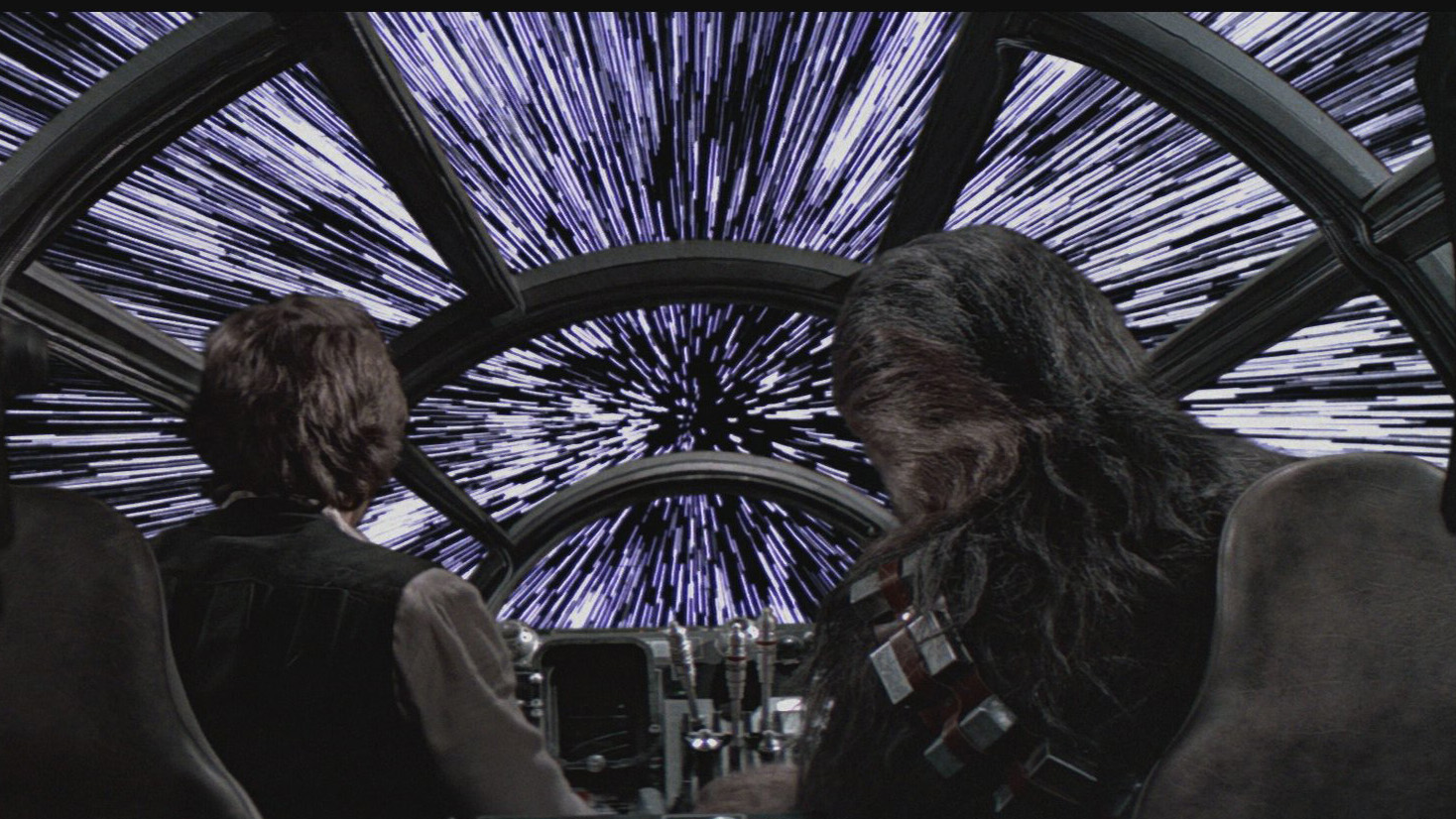Disney is keeping track of millions of rays of light

The 3D animations created by Disney often look surprisingly realistic, and now the studio has published details on how its renderer, Hyperion, works. It's thanks to a technique called "path tracing".
Path tracing is an advanced ray-tracing technique, where millions of rays of light are individually simulated. The simulated rays begin at the camera and are shot into the scene to see which ones arrive at light sources - that's the opposite to how light works in the real world.
As each ray bounces off objects in the scene, its trajectory and strength are altered based on what kind of material they hit. Rays travelling in the same direction are bundled together into a "path" for efficiency - that's what takes Disney's system beyond tradition ray tracing, which has been around for decades.
Light Reflecting
"The technique is capable of producing a high degree of realism," explains Disney on its website. "Because all of the interactions between lights and objects in the virtual scene are simulated, we can capture effects such as refraction and glossy surfaces. Most importantly, we can produce images with indirect illumination where light reflecting off virtual objects is accounted for."
Into the technical details? There's also a scientific paper, which was presented at the Eurographics Symposium on Rendering, that you can read right here. Or, if a technical paper is a bit much, then here's a video instead:
Sign up for breaking news, reviews, opinion, top tech deals, and more.
